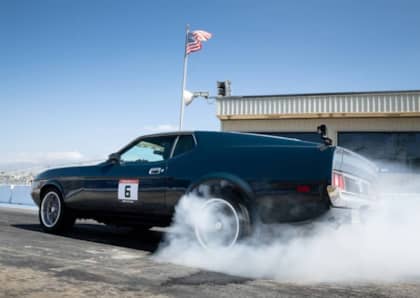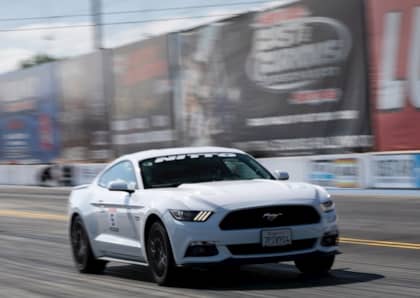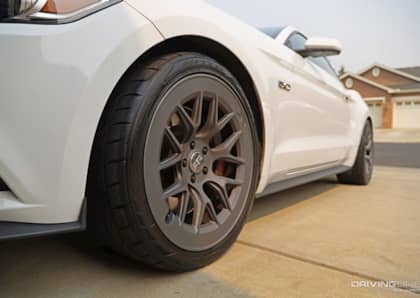IRS vs Live Axle: Is There a Superior Choice for Your Muscle Car Project?
Car enthusiasts have a tendency to be fanatics not just for their preferred brand or model, but also for specific types of automotive engineering.
Rear-drive, mid-engined, turbocharged, naturally aspirated, automatic transmission or manual. We all have our favorites.
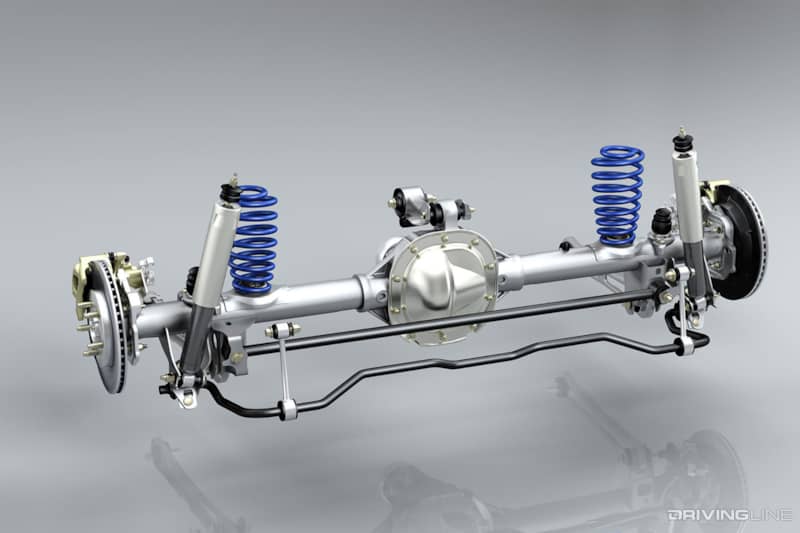
Suspension design might not be argued about quite as much, but even that has its distinct factions and the most obvious example is the live axle vs independent rear suspension debate, particularly when it comes to American performance cars.
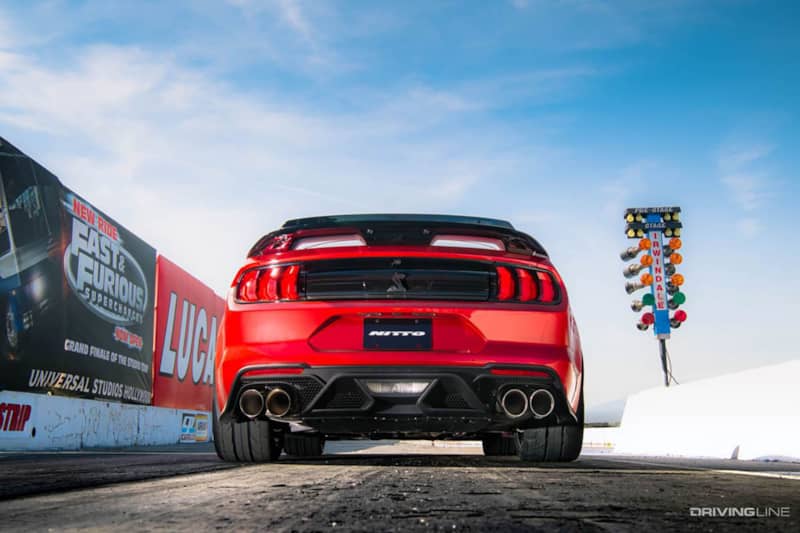
For decades (with the exception of the Corvette) nearly all rear-drive American performance cars used rear live axle setups. And it was only in the last 10 or 20 years that IRS has basically made the solid axle extinct.
But is the live axle as archaic and inferior as its made out to be? Can the old-tech live axle actually be better than IRS? That depends on who you talk to.
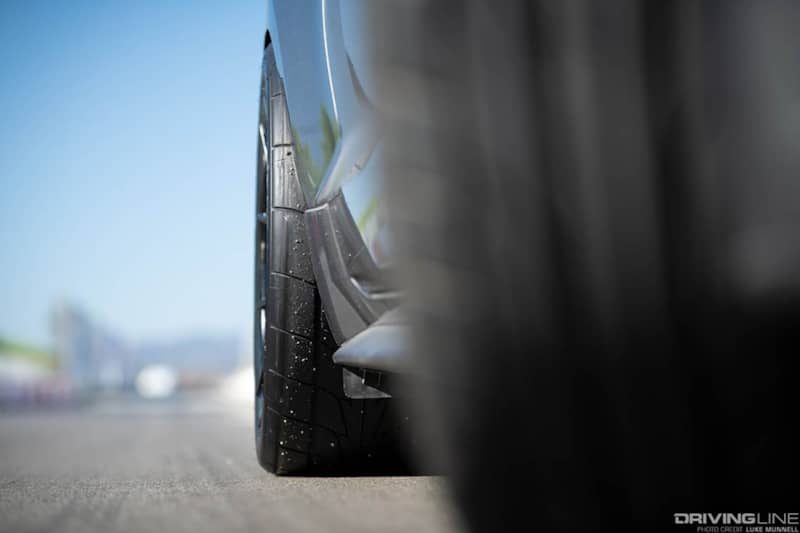
Using 2005+ present Ford Mustang as our demo model we thought we’d take a birds eye view and look at some of the pros and cons for each setup.
Solid Axle: Pros
Despite the fact that it’s been phased out from all modern American performance cars, a classic dialed-in solid axle can still work extremely well.
First off it's simpler. There are less moving parts involved with getting your car’s power to the ground—and the weight of all necessary components is generally lighter than an independent rear suspension as well.
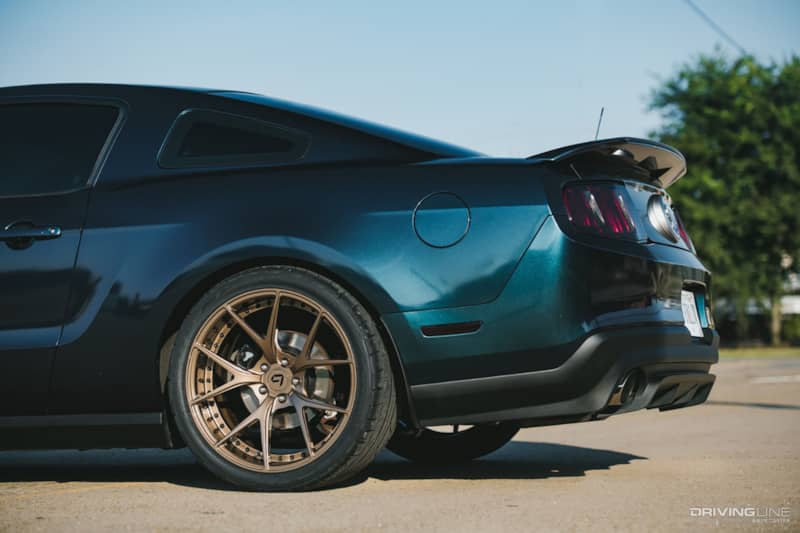
Need to replace your rear end? There are endless options available, from dirt cheap junkyard replacements to fully-assembled ready-to-install upgraded units from a variety of aftermarket manufacturers.
Form a performance standpoint, a live axle is still a very effective solution, and there’s a reason why a lot of drag racers prefer a solid axle over an IRS setup. It’s easier to get power down at launch especially when running large, sticky tires like a Nitto NT555 RII street legal drag radial.
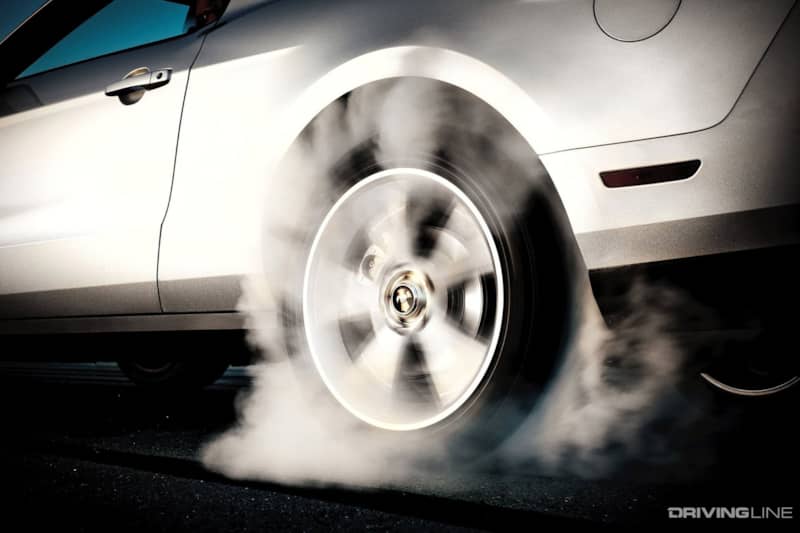
Generally, a live axle should also be more durable for drag racing, with less likelihood of breaking axles/joints in high power applications. This is true even when using a road course tire like a Nitto NT01.
And speaking of road racing and track days, a live axle can still perform extremely well when set up right. And since you’ll typically be driving on a smooth race track the extra flexibility of IRS isn’t needed as much. Just look at how well Ford dialed-in the live axle setup on the 2012-2013 Mustang Boss 302.
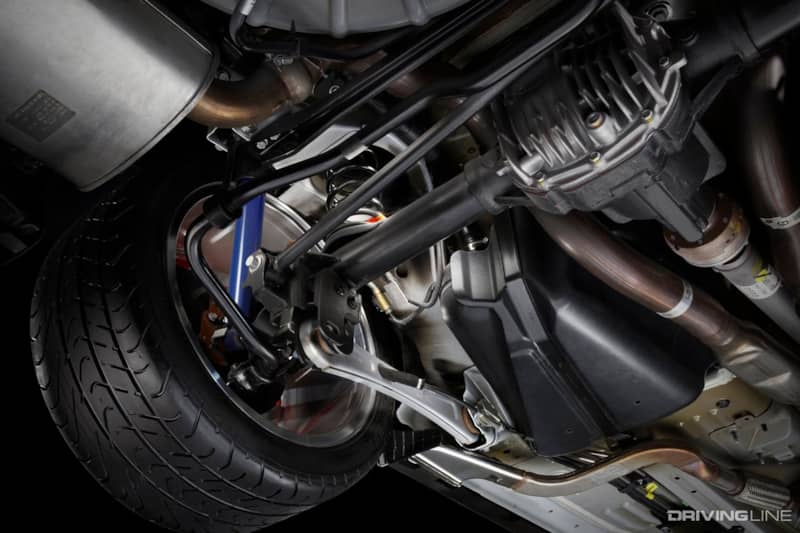
Solid Axle: Cons
On the other hand, there’s a reason the Mustang ditched its live axle after the 2014 model year. And the biggest reason for that is simply a lack of refinement.
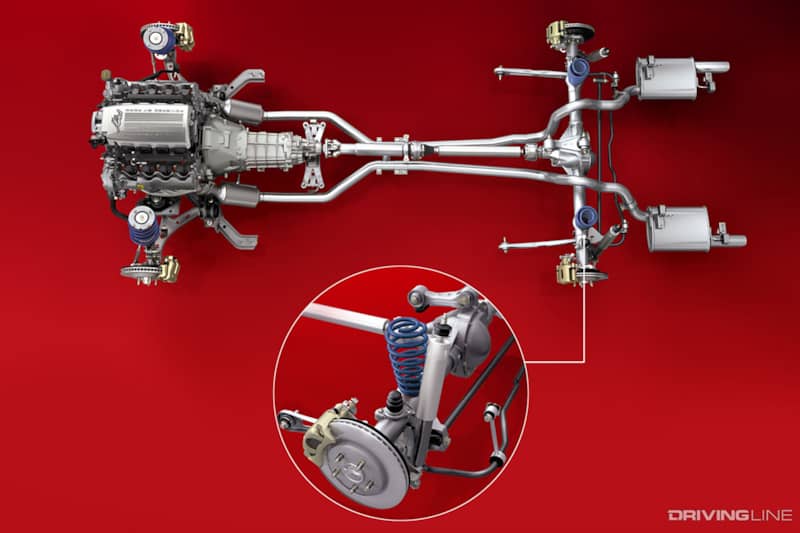
In hard performance applications, it might not matter as much, but refinement is a big deal for most drivers. And a live axle is generally going to be less comfortable and less predictable.
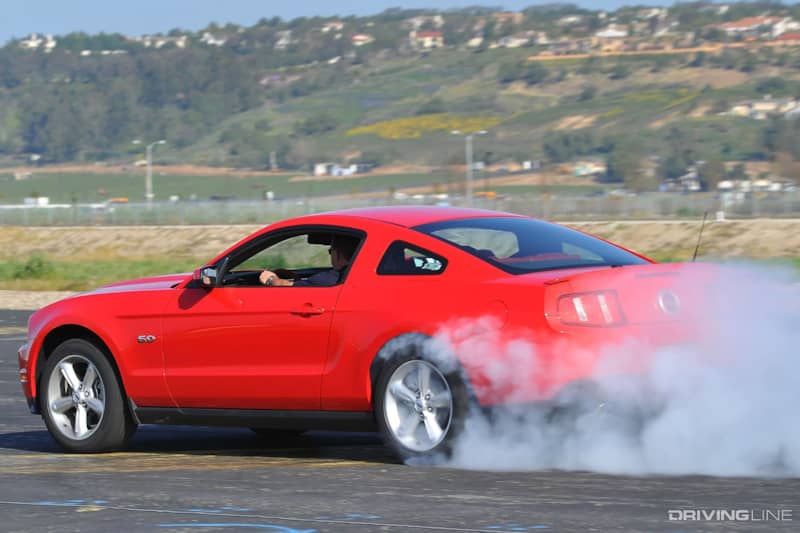
And while raw handling figures might not be impacted at much, a solid axle car is generally going to take more driver effort to be smooth and consistent while cornering. For better or worse, a live axle is going feel a lot less “modern.”
Independent Rear Suspension: Pros
Naturally, an independent rear suspension excels in areas where a solid axle doesn’t. Comfort is a big positive, and with the rear wheels reacting to the road independently of each other, it’s much easier to soak up bumps.

Most of these benefits will be noticed during everyday driving, with a more comfortable ride and more predictable handling.
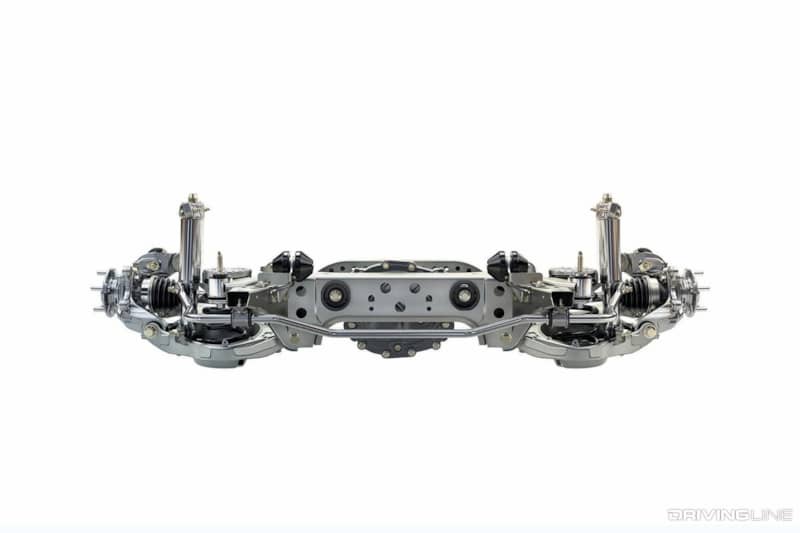
There are benefits to this in spirited driving as well, especially if you aren’t on a glass smooth surface. For example, an S550 Mustang with IRS is less likely to get upset over uneven pavement than S197 with a live axle.
Independent Rear Suspension: Cons
Despite being the default choice for the modern Mustang (as well as the Camaro and Dodge Challenger) IRS isn’t always perfect.
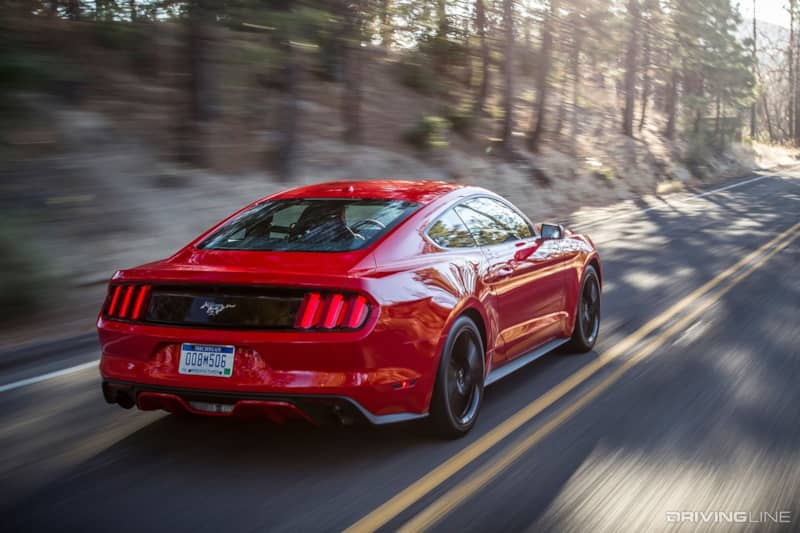
Launching a high horsepower, rear-drive car with IRS can be challenging—especially when wheelhop rears its ugly head. It’s basically a side effect of each wheel being able to move up and down apart from each other and is a bane of IRS drag racers everywhere.

There’s also the added weight and complexity of an IRS setup, and this one of the reasons the S550 Mustang weighs more than the S197 it replaced.
Thankfully, there are aftermarket upgrades you can get which can improve IRS performance under hard acceleration. Steeda’s “Stop the Hop” kit is one of these, and it’s greatly improved our S550 Mustang GT project car.
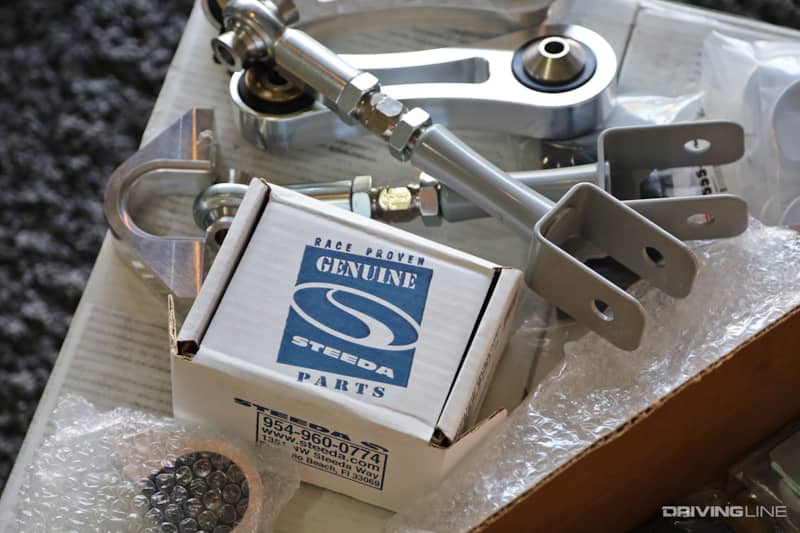
The Verdict?
If your car is a daily driver or something you enjoy on public roads often, you’ll probably appreciate the refinement that independent rear suspension brings.
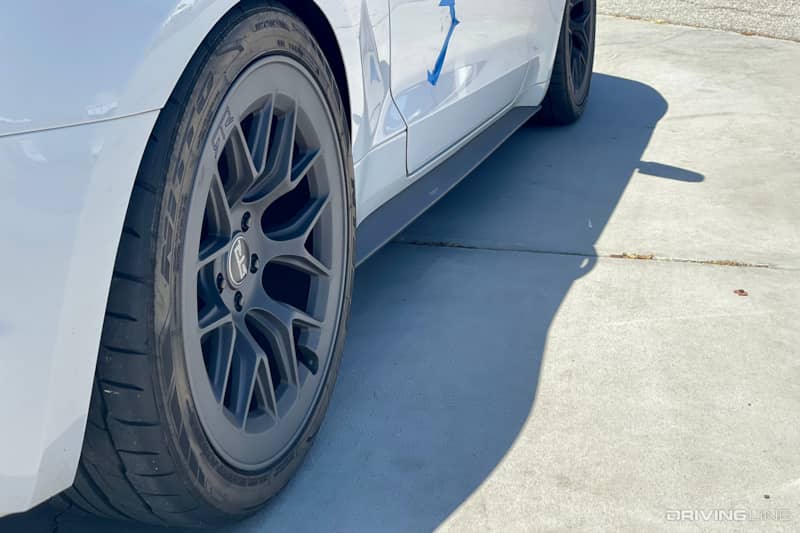
If your car is a weekend toy or track project, you’ll probably be fine (or maybe even better off) with a solid axle, especially one with supporting aftermarket suspension upgrades.
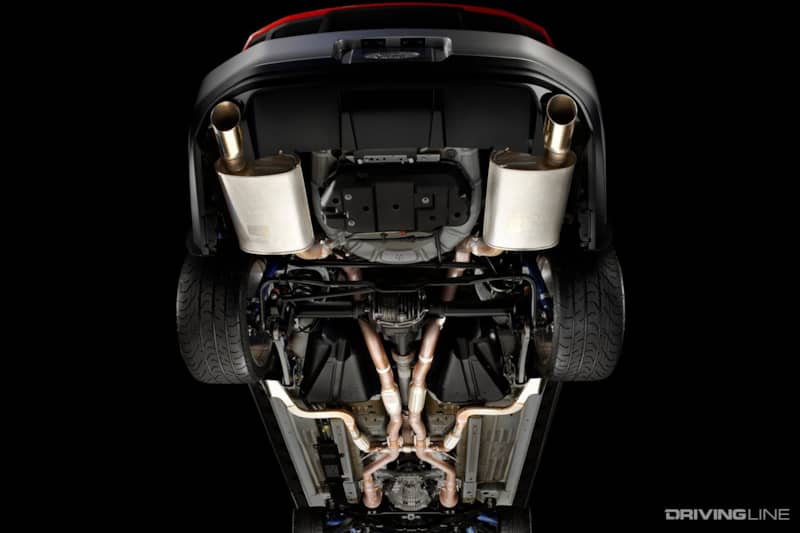
And fortunately, there are enough upgrades for both types that either setup should be able to work well for your uses.

As with many debates in the car world, there’s really no definitive right or wrong answer for this question. And that’s a good thing.
More From Driving Line
- Speaking of IRS, Here's why the "Stop the Hop" kit is one of the best bang for the buck upgrades you can do to your S550 Mustang.




